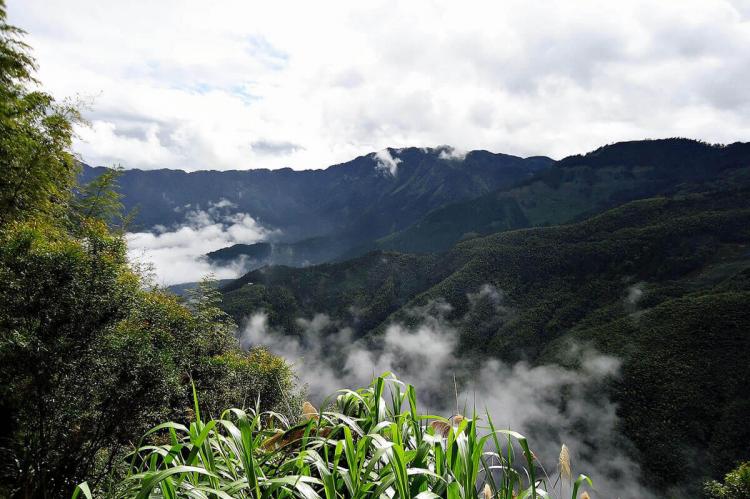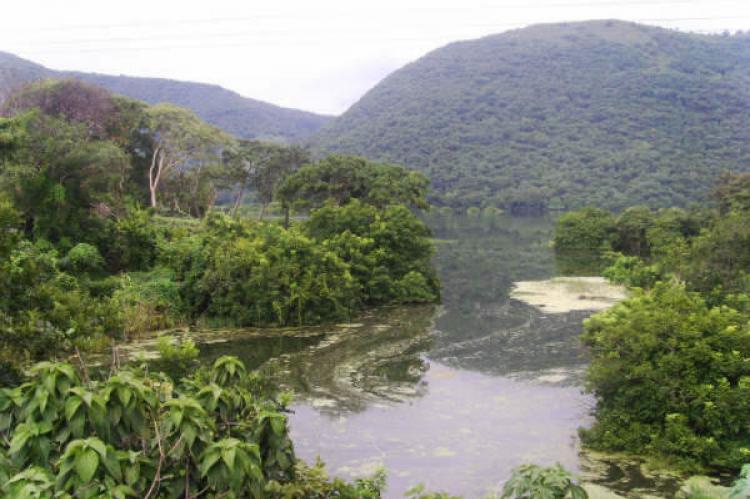Trifinio Fraternidad Biosphere Reserve: A Tri-National Sanctuary
Trifinio Fraternidad Biosphere Reserve spans El Salvador, Guatemala, and Honduras. It's Central America's first transboundary biosphere reserve and helps implement the Mesoamerican Biological Corridor, showcasing transnational cooperation in conservation.
Trifinio Fraternidad Biosphere Reserve
A Tri-National Sanctuary
Emerging as a beacon of conservation and a testament to the power of cross-border cooperation, the Trifinio Fraternidad Biosphere Reserve stands as a tri-national sanctuary nestled amidst the convergence of El Salvador, Guatemala, and Honduras.
Established in 2011 as Central America's first transboundary biosphere reserve, it significantly contributes to implementing the Mesoamerican Biological Corridor. This expansive reserve encompasses a diverse landscape of ecosystems, safeguarding a rich diversity of flora and fauna while fostering sustainable development for the region's inhabitants.
A Haven for Biodiversity
Within the Trifinio Fraternidad Biosphere Reserve, nature flourishes, providing a haven for a remarkable array of species, many of which are found nowhere else on Earth. The reserve's cloud forests, characterized by their perpetually misty conditions, create a unique habitat for diverse flora and fauna. Among these inhabitants are the critically endangered white-nosed coati, the enigmatic ocelot, the elusive Baird's tapir, and the resplendent quetzal.
Beyond its cloud forests, the Trifinio Fraternidad Biosphere Reserve encompasses many ecosystems, including dry forests, pine-oak forests, and wetlands. These diverse habitats provide a refuge for various species, from insects and amphibians to birds and mammals.
A Diversity of Ecosystems
The Trifinio Fraternidad Biosphere Reserve is home to diverse ecosystems with unique characteristics and inhabitants. Here's a closer look at some of the reserve's critical ecosystems:
-
Cloud forests: Characterized by their perpetually misty conditions, they are home to a rich biodiversity of plants and animals, including orchids, ferns, mosses, and various bird and mammal species.
-
Dry forests: Found in drier areas with less rainfall, dry forests are home to various drought-resistant plants and animals, such as cacti, acacias, and reptiles.
-
Pine-oak forests: These forests are dominated by pine and oak trees, providing habitat for various birds, mammals, and insects.
-
Wetlands: These areas of water and marsh provide essential habitats for various aquatic plants and animals, including fish, amphibians, and waterbirds.
A Cultural Mosaic
Beyond its breathtaking natural wonders, the Trifinio Fraternidad Biosphere Reserve is a sanctuary of rich cultural heritage, echoing the footsteps of indigenous communities who have inhabited this land for centuries. Their traditions and ways of life are deeply intertwined with the land, shaping the region's cultural identity.
Generations of indigenous knowledge have been pivotal in preserving the reserve's natural treasures. Their understanding of traditional medicine and sustainable agricultural practices has proven invaluable in safeguarding the region's biodiversity and ensuring a harmonious coexistence between human activities and the natural world.
The Trifinio Fraternidad Biosphere Reserve is home to approximately 600,000 inhabitants, with the majority residing in El Salvador and Honduras. The region's economy thrives on cultivating basic grains and coffee, livestock breeding, and a growing ecotourism sector that embraces sustainable practices.
This mountain area is a vital lifeline, providing a steady water supply for local communities. It plays an equally crucial role in regional development, fostering economic growth through coffee cultivation, conifer forest extraction, and agritourism initiatives that showcase the region's unique natural beauty and cultural heritage.
A Model for Sustainable Development
The Trifinio Fraternidad Biosphere Reserve is a model for sustainable development, demonstrating how conservation can coexist with economic progress. Local communities have embraced ecotourism and sustainable agricultural practices, creating opportunities for economic growth while preserving the reserve's natural treasures.
Ecotourism initiatives, such as birdwatching and hiking tours, provide local communities with alternative livelihoods while raising awareness about the importance of conservation. Sustainable agricultural practices, such as organic farming and agroforestry, are also being implemented to reduce the environmental impact of agriculture and promote biodiversity.

